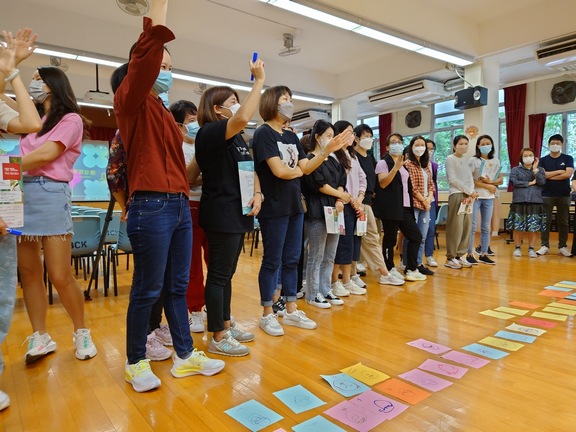

Jockey Club Arts-based Cross Curriculum
Creative Learning Project
Funded by The Hong Kong Jockey Club Charities Trust, the 3-year Project is designed to complement the Hong Kong school curriculum to foster whole-person development and life-wide learning in students from Keystage 2 (Primary 4-6). The project aims to nurture in students a self-directed learning approach to enhance critical thinking skills and creativity via experiential learning through the arts.
This student-centred creative partnership project prepares young people for the challenges of the 21st century by developing their Creativity, Critical thinking, Communication, Collaboration skills for Contribution to social capital (“5Cs”), bringing about an increase in creative practices in schools through the training of teachers in collaboration with Creative Practitioners (CPs).
Riding on the success of the first year on the theme of “Building” creative classrooms in which the 10 participating primary schools had developed creative classrooms through a thematic, project-based cross-curriculum approach, the project continued in its 2nd year on “Connecting” creative collaborators where teachers and CPs have continued to refine and improve the programme, widening the scope of collaborations while reflecting on the relative successes and challenges.
The Knowledge Exchange Forum was held on 18 and 19 July in JC Cube, Tai Kwun and live streamed on AFTEC’s Facebook page.
10
primary schools
47
school teachers
966
students
15
Creative Practitioners
692.33
hours of creative learning classes (regular and online)
30
Cultural Days
10
days of Train the Trainers workshops
6
Parents' Workshops
1
Creative Conversation
2
days of Knowledge Exchange
I used to think that creativity was only apparent in some subjects but now I realise that creativity is a mindset that can be applied in any environment and can be cultivated systematically.
Li Hei Man, Race
Teacher, Baptist Rainbow Primary School
Some of the students’ imaginations really surprised me. Most could clearly explain their creative ideas but some children showed very sophisticated ideas and great creative flair. It allowed the teachers to see a different side to the students.
Li Zhuoran
Teacher, Tin Shui Wai Methodist Primary School
When everyone has differing opinions, it can actually generate more ideas and motivate them to complete a task and problem solve together.
Huang Hok Chun
Student, Tuen Mun Government Primary School
When a school introduces something new it is taking a risk, but this is not necessarily a bad thing because only with risk-taking comes motivation. There can only be a sense of achievement from trying something new. You definitely can’t get a sense of achievement from administrative work but rather from teaching, interacting with students and the revelations that emerge from their development. But before there is progress you have to take risks.
Ng Mei Yin, Jenny
Vice Principal, Saint Rose of Lima’s School
Knowledge Exchange — Building Creative Classrooms
The Knowledge Exchange Forum was held on 18 and 19 July in JC Cube, Tai Kwun and live streamed on AFTEC’s Facebook page.
The forum brought together local and overseas education experts, Lead Creative Practitioners, Creative Practitioners and teachers who participated in the Jockey Club Arts-based Cross Curriculum Creative Learning Project to analyse and discuss how to implement arts-based integrated cross-curriculum learning in primary schools; enhance the motivation and creative mindset of students. Moreover, the forum examined how Creative Practitioners and schools can collaborate more closely through sharing best practices.
The two-day forum focused on the two major categories of visual arts and performing arts. Prof Lois Hetland, Professor Emerita of Art Education Department Massachusetts College of Art and Design, and Professor Kim Sun Ah from the Advisory Committee of Korea Arts and Culture Education Service (KACES) in South Korea shared their insights and experience of integrating the arts into education.
The three major topics discussed were led by educators and creative practitioners: “Creative Classrooms for Student-centred Learning”, “Learning Together – Cross-sector Collaboration”, and “Leadership Matters”.
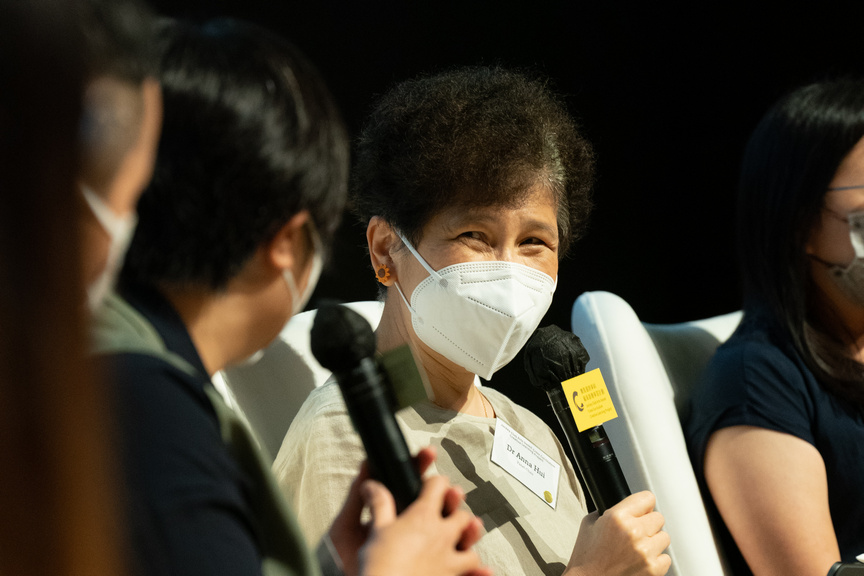
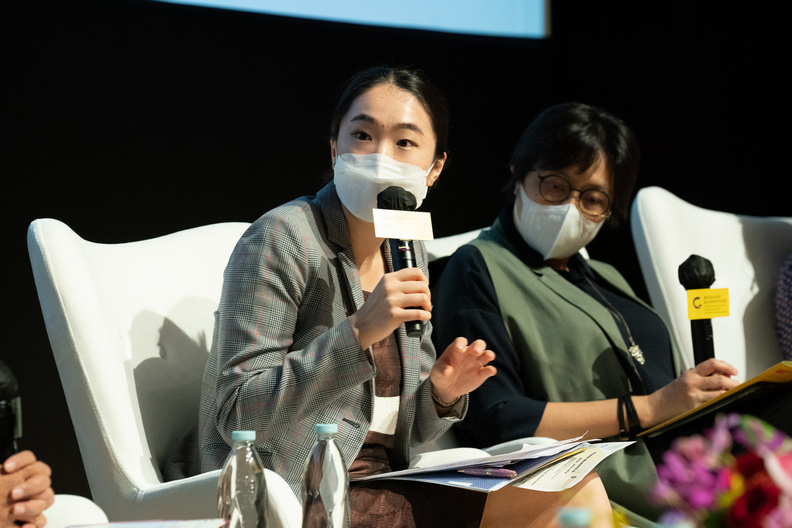
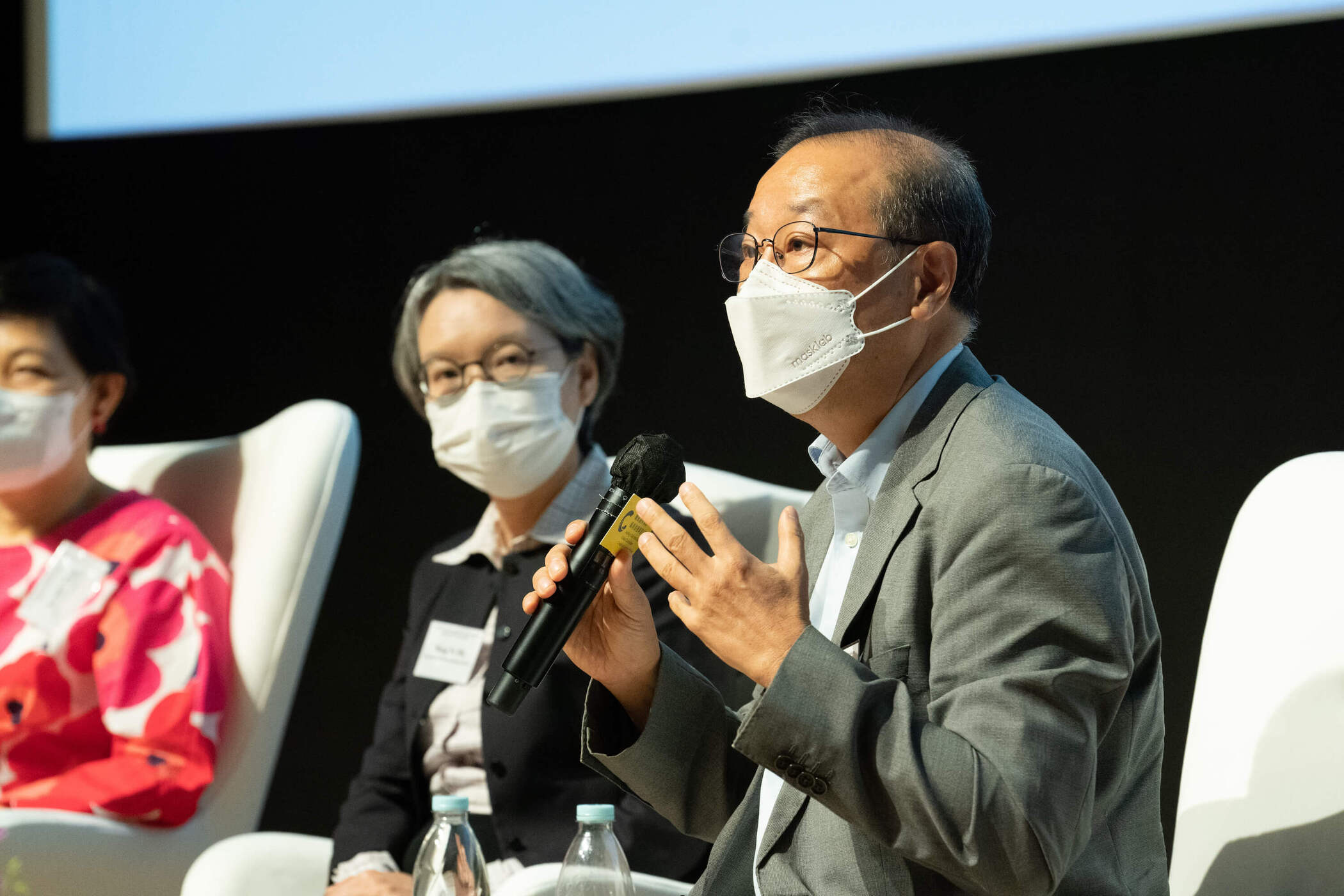
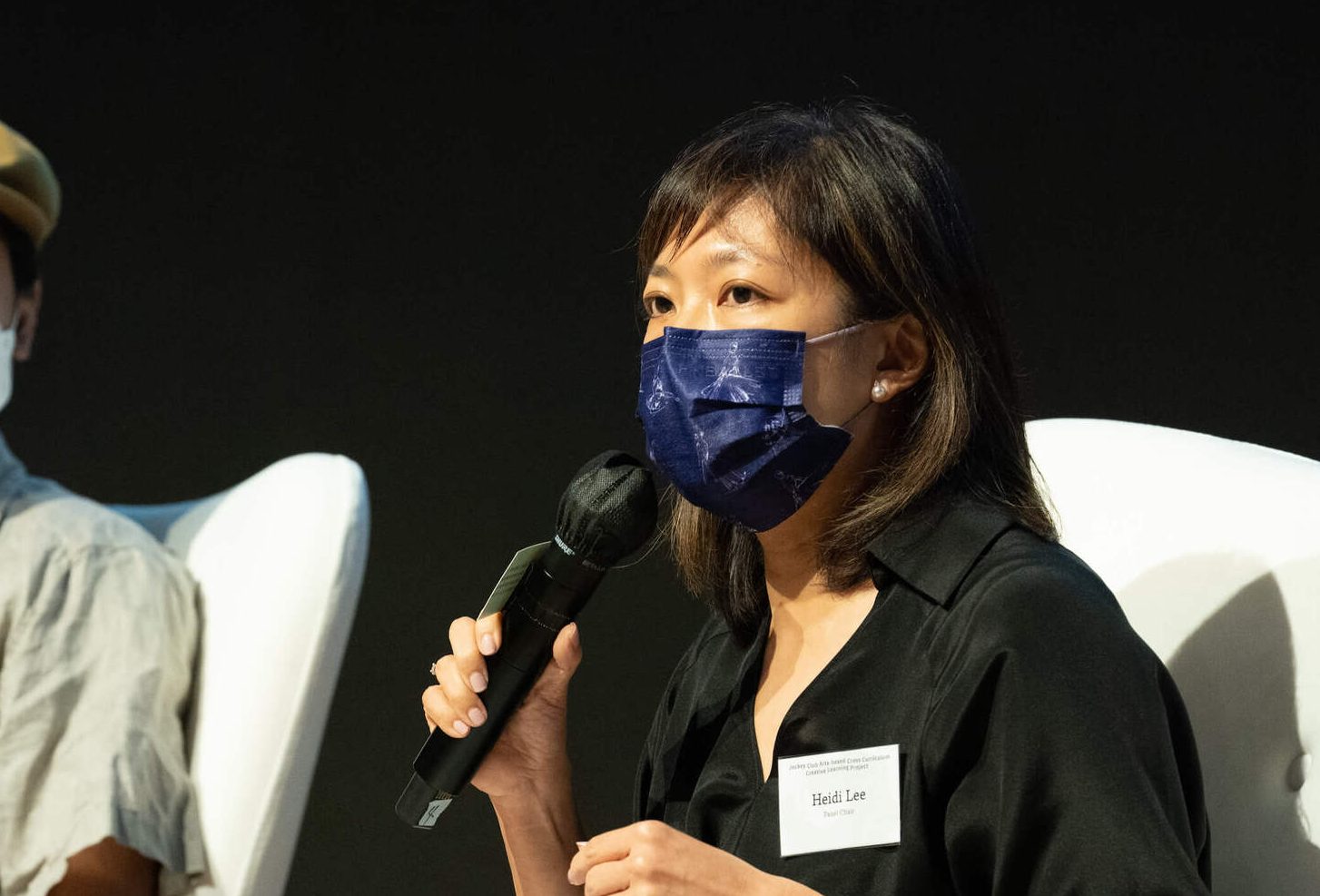
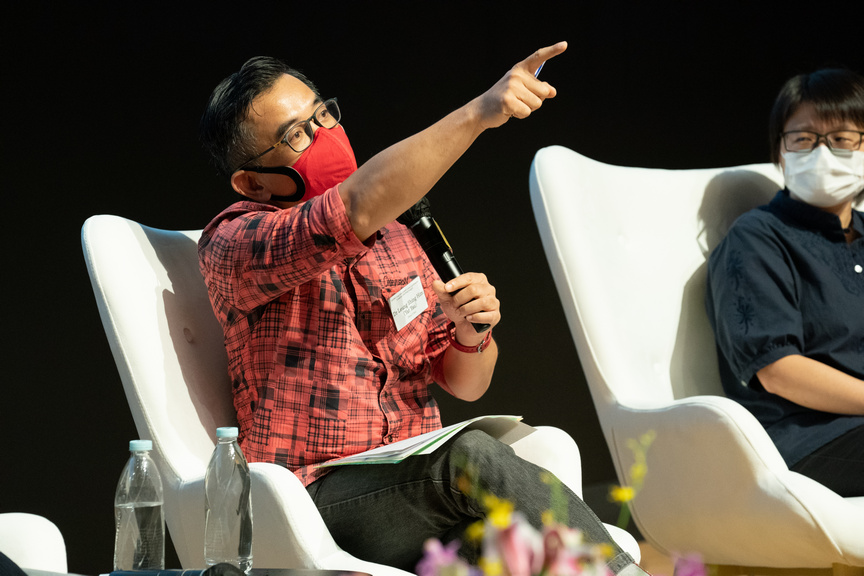
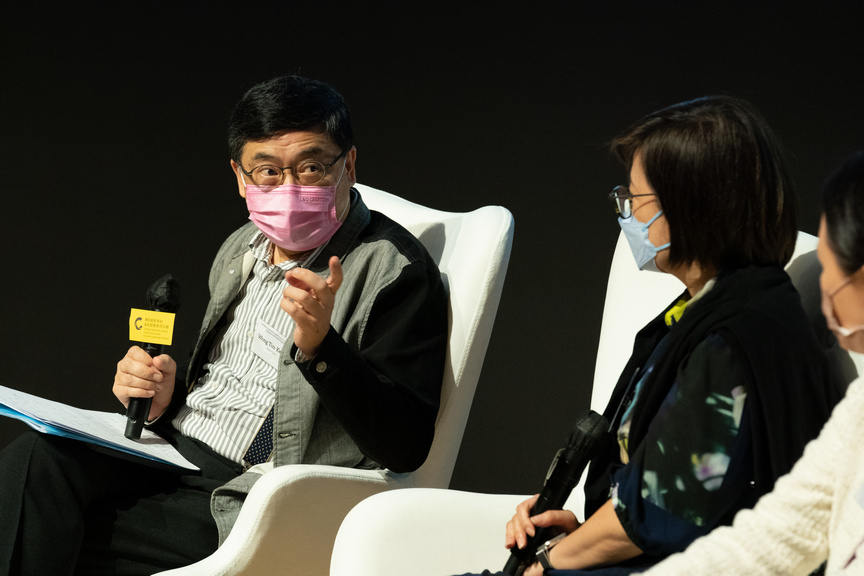
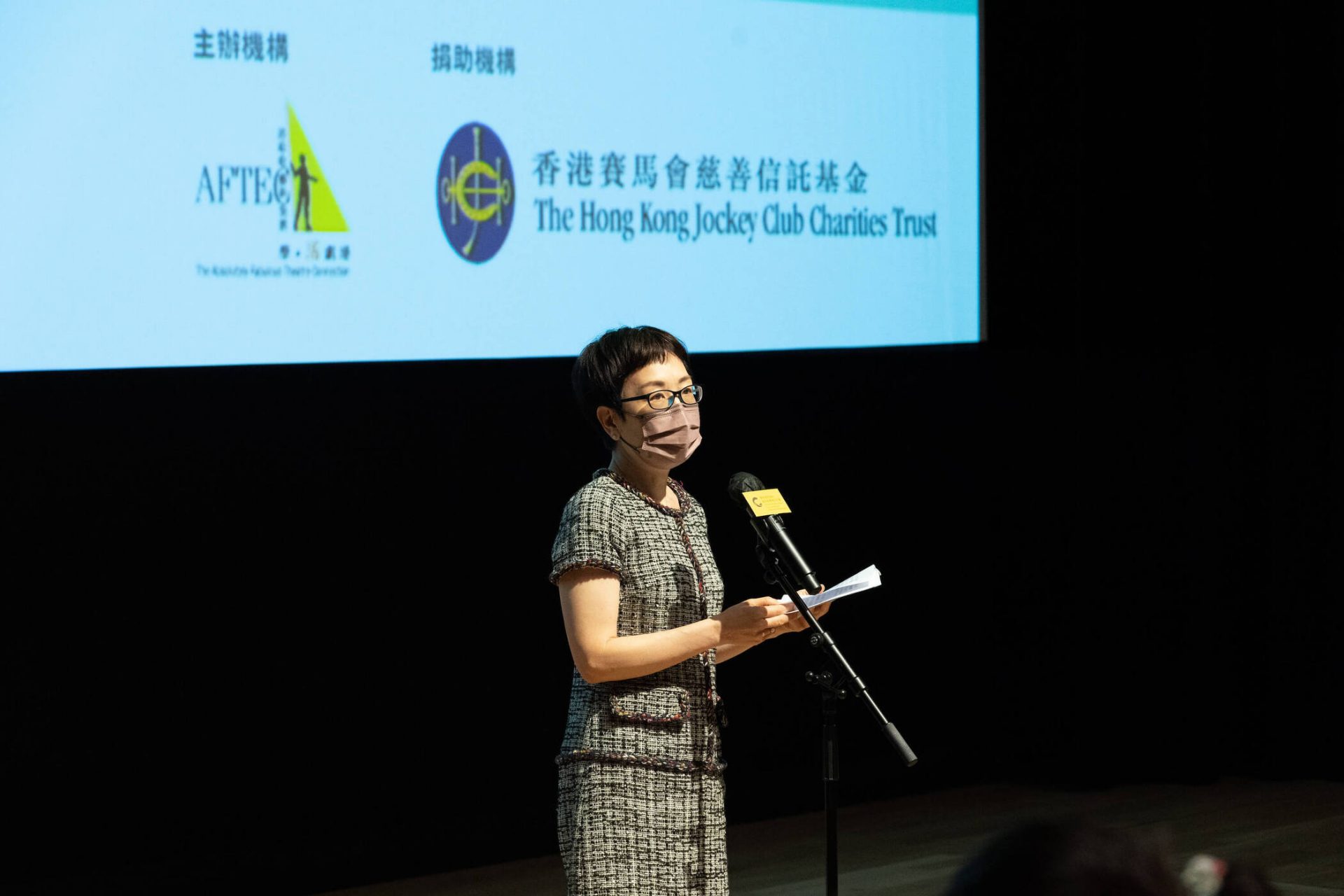
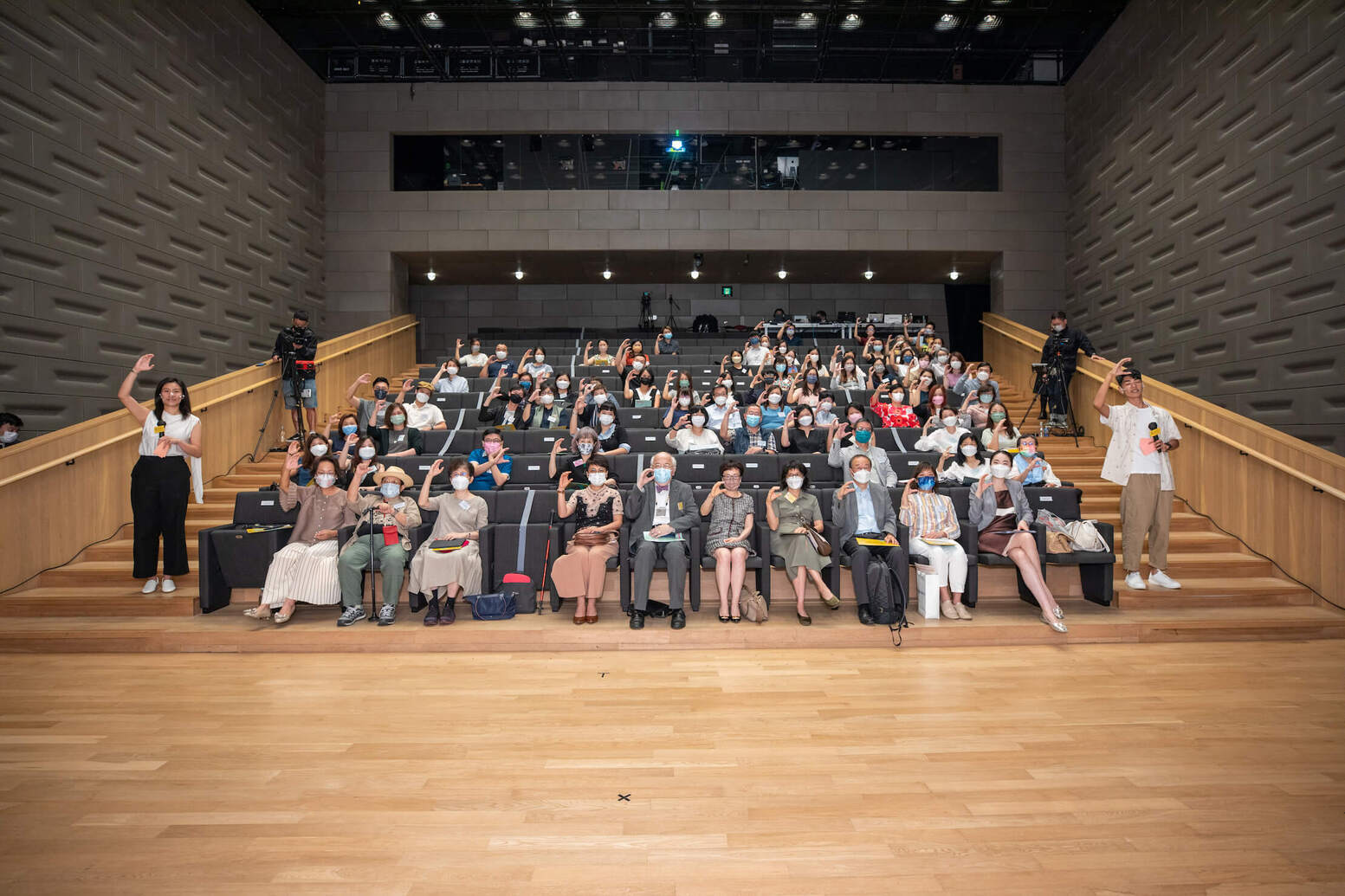
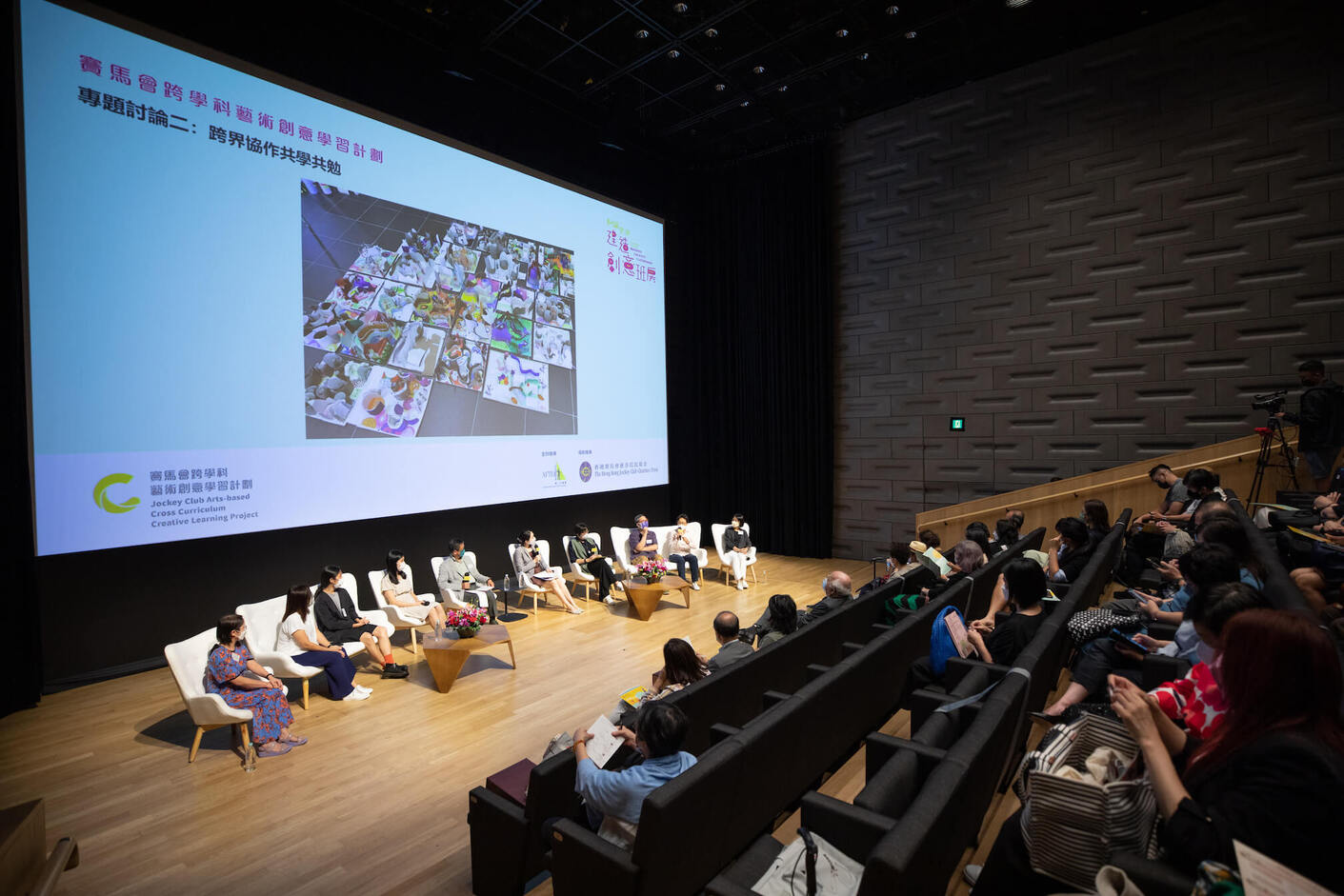
Janet Tam
Creative Practitioner
Implementing a creative classroom requires preparation – we need to nurture the students and their mindsets, allow them to experience different materials and learning methods while working systematically with the teachers to adjust the curriculum.
Ng Ka Chun, MUDWORK
Creative Practitioner
Training the Trainers
The Train the Trainers Workshops (14-15 July & 1-5 August 2022) and a Refresher Workshop (19 December 2022 & 11 March 2023) allowed teachers and CPs to review and reflect on their creative process, in order to refresh their creative mindset and techniques.
I agree completely with the school’s point of view that we should allow students to make mistakes. The more they make mistakes, the more time we should allow them to dig deeper, without which they cannot find their own solutions.
Ng Ka Yu
Teacher, HKCKLA Buddhist Ching Kok Lin Association School
I realised that with a common goal, a willingness to work hard and be responsible, mutual trust and support, we can make steady progress. This is much more efficient and effective in tackling challenges than in the past when we simply divided up the tasks.
STICKYLINE Lai Yee Hung, Soilworm
Creative Practitioner
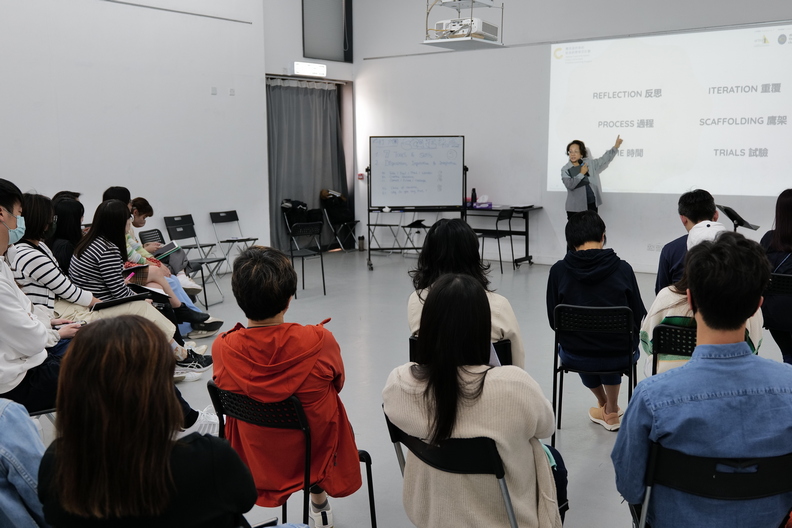
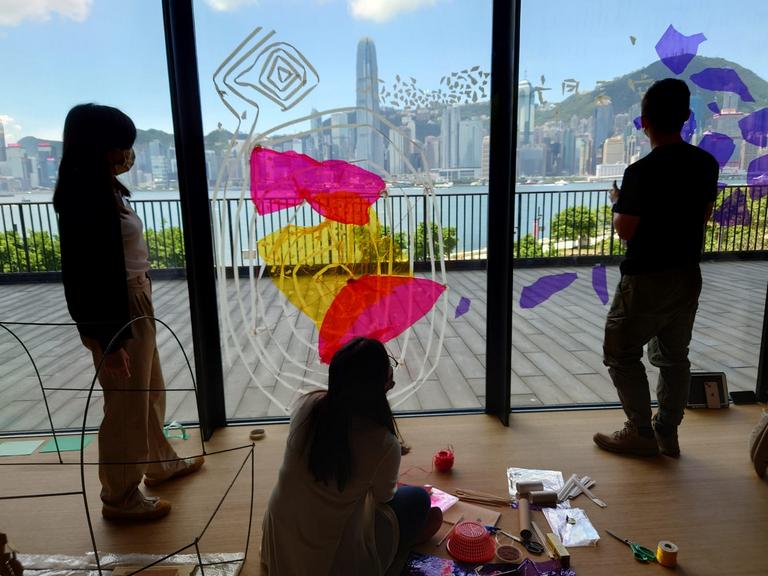

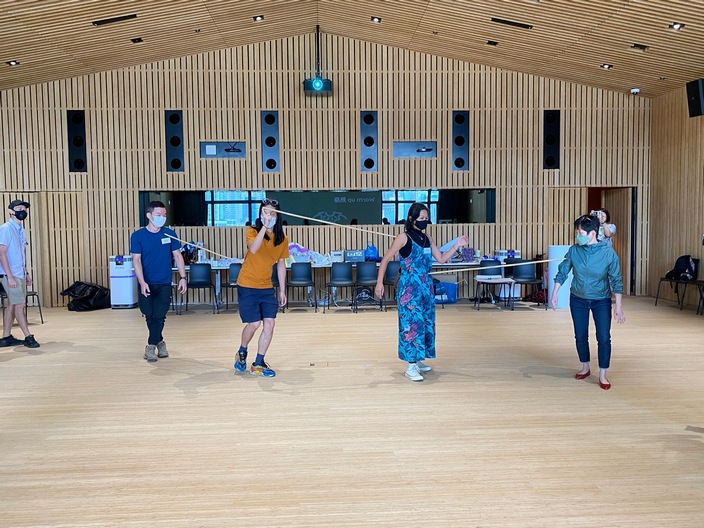
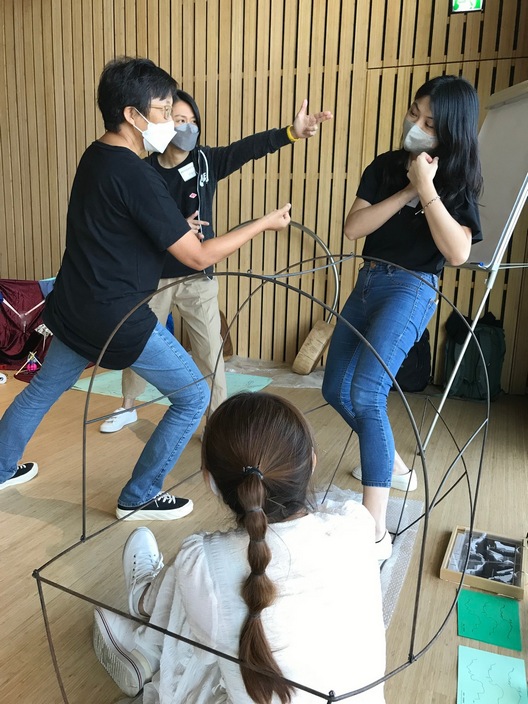
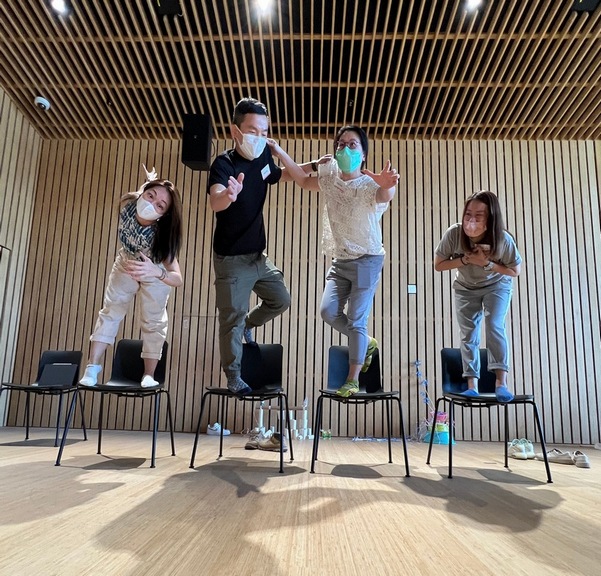
Parents’ Workshops
The Parents’ Workshops (2 October 2021) provided parents of JCABC students with a creative learning experience through a variety of interactive activities. It offered them an insight into how children in the rapidly changing 21st century can enhance their diverse capacities to meet the challenges of the future.
